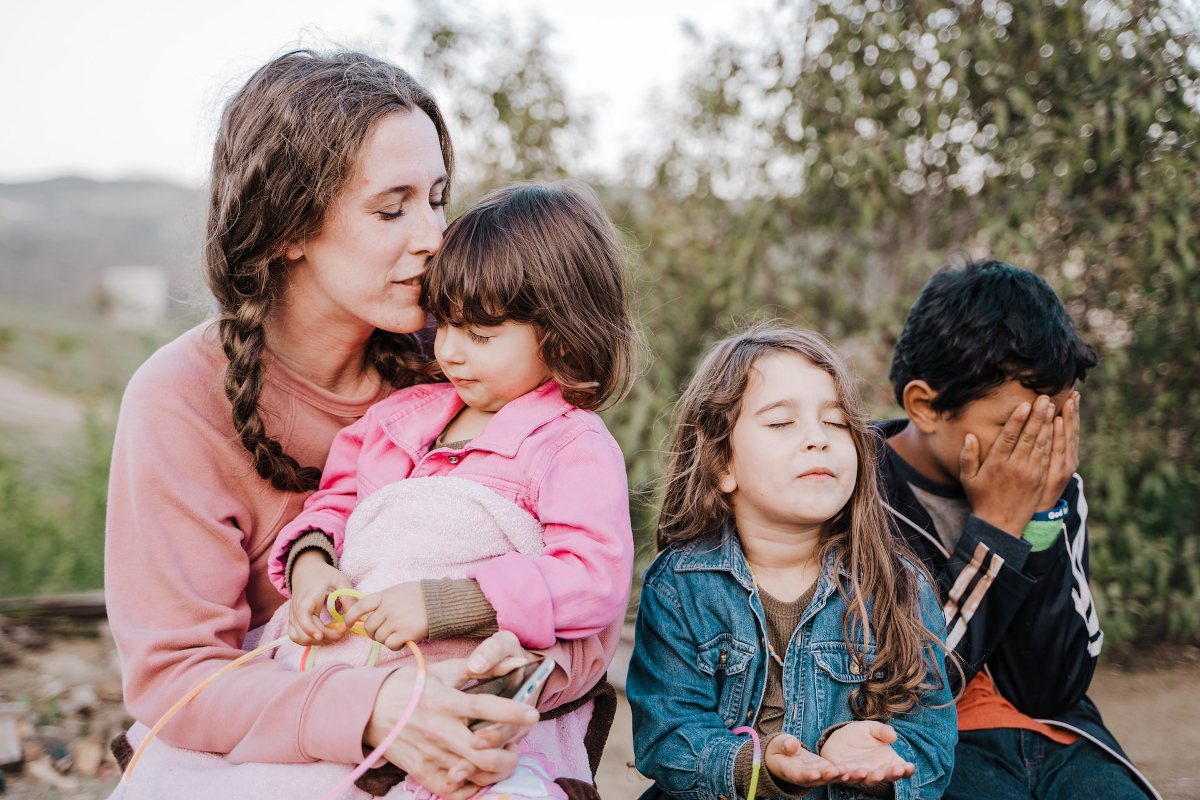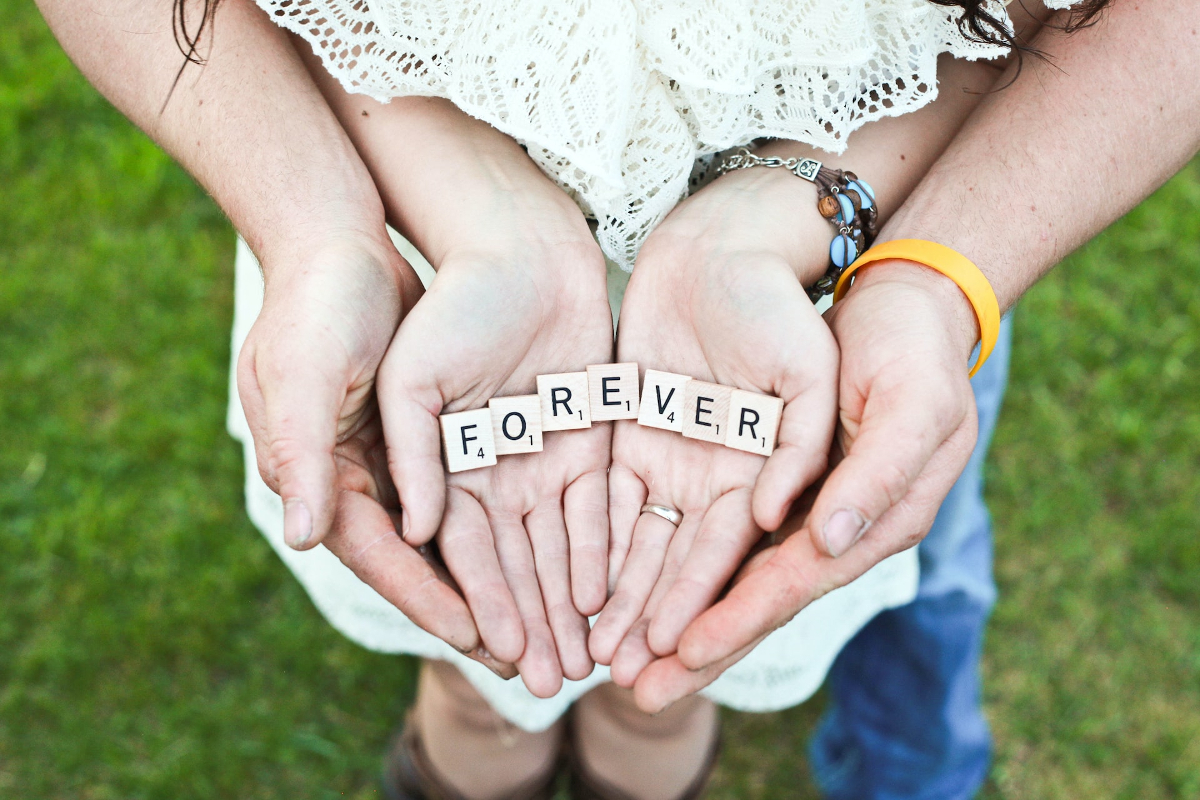When children enter foster care, the goal is to help families and ultimately reunify children with their biological parents. In many unfortunate instances, children in foster care cannot be placed back with their biological families for a number of reasons. In these cases, the plan for these children shifts from foster care to adoption which means they remain in the foster care system until they find a permanent adoptive family. If you have ever considered adopting a child from foster care, this is everything you should know about the foster care to adoption process.
What to know about Foster Care to Adoption
The foster care to adoption process is not for the faint of heart. It can be long and complicated. Kids in foster care need patience, love, and someone who understands the trauma they have been through being separated from their biological parents.
The foster care to adoption process is a little different from state to state. In many states, someone interested in adopting a child in foster care has to also get their foster care license, which is known as dual licensing. The process typically involves a thorough assessment that includes home visits, interviews, and criminal background checks. To find out about the exact foster care to adoption or the exact licensing process in your state, learn about the requirements and resources in your area.

Many people become foster parents and never adopt a child. They simply foster children until they can be reunified with their biological families or become placed with a prospective adoptive family. The reason many states require parents to become licensed is that when a child is first placed in your home, even when you have the intent to adopt them, they will still be in the foster care system for some time. While a child is under the custody of the state, they can only live in approved foster homes.
If you live in a state that does not require you to become licensed to foster, in almost all cases, you will have to be approved to foster before a child is placed in your home. Being approved as a foster parent before you are matched with a child lets you avoid delays before the child can be placed in your home. The benefit of being dual licensed is that it can make you a more desirable placement for a child since the placement can be made more quickly when you have already completed the paperwork and approvals to foster.
READ MORE: HOW MUCH DOES IT COST TO ADOPT A CHILD AND OTHER COMMON ADOPTION QUESTIONS ANSWERED
The Foster Care to Adoption Process
Let’s assume that the foster care to adoption process starts with becoming licensed to foster. In order to get your foster care license, you have to complete a course that usually involves a trauma-informed parenting class or equivalent where you learn about the child welfare system, the role of foster and adoptive parents, and develop skills to become successful foster to adoptive parents. You will also learn more about whether fostering to adopt is the best fit for your family.
After completing the course, you have to complete a home study and submit a foster home application to the state. In most states, you either do this with the help of a public or private agency that administers the course and assigns you a caseworker to guide you through the process.
During this process, you will be asked about the type of children you are interested in adopting. You need to consider if you are interested in parenting one child or siblings, boys or girls, and the age range of the children. You need to consider if you are willing and able to parent children of a different race and what that entails. Additionally, since children who will transition from foster care to adoption have experienced trauma, you need to think about what level of trauma you are able and willing to parent.

Part of the process is a home study. The process includes interviews, home visits, documentation of key information, and reference checks with people who know you well and can speak to your capacity to adopt. All of this contributes to the home study report that is written by your caseworker and is a thorough profile of your home and family.
Once you are licensed and approved for the foster care to adoption process, you can start to receive information from your caseworker about children who are in need of an adoptive family.
READ MORE: 6 SIMPLE WAYS TO HELP KIDS COPE WITH CHANGES
The process from here on out is driven by what is best for the child or sibling group who are in the foster care to adoption process. As you receive information about children, you will notify your caseworker about which children you are interested in learning more about because they seem like a good fit for your family. When you indicate interest in a child or sibling group, your caseworker will reach out to the child’s caseworker. The child’s caseworker will review your home study and decide if you are a good fit for the needs and wishes of the child or sibling group.
Caseworkers receive dozens or more home studies of families interested in adopting children. Your home study may be read and rejected by dozens of children’s caseworkers before you are approved. It can be a long and discouraging process. It is important to remember that if you are not chosen as potential adoptive parents for a child it is because the child’s caseworker does not think you are a good match for that child or sibling group. While you are reading a few facts and minimal information about the child, their caseworker knows everything about what that child needs to be successful in a home.
Either while your home study is being reviewed or after it is reviewed, you will be sent more information about the children if you are a potential match. This allows you to confirm your interest or withdraw your name from consideration for adoption.
After a full review of your home study, the child’s caseworker will work with a team of people to decide if your family is the best match. They will start by reviewing all the home studies that have made it through the review process. Your family may not be the only family interested in adopting a particular child or sibling group. Again, the decision about which family is the best match is based on the needs of the child. After reviewing all the home studies, the team will often decide to interview families they think would make a good fit for the children.
During this interview, they will provide more information about the children and ask you questions. It very much feels like a job interview but with higher stakes. It is important to be open and honest in this interview. You do not want a child to be placed with you who is not a good match. These children have been through enough trauma that you do not want to move forward in meeting them and having them placed with you to just turn around and back out because you were dishonest during the process.

If you are selected as the foster care to adoption placement for a child or sibling group, the process of introducing your family to the child or sibling group can begin. This is often a process that takes place over the course of half a dozen meetings or so. You will likely begin by meeting the children with their caseworker at a park or restaurant.
After one or two supervised meetings, you will likely have a few meetings, again in public, neutral places, where it is just your family and the children. Eventually, they will visit your house for a few day visits and build up to an overnight or weekend visit. If all goes well throughout this process and both your family and the children feel like it is a good fit, then the children can be placed in your home.
If your family is not selected as the adoptive placement for a child or sibling group, you might be asked if you are willing to be considered for other children available for adoption through that agency or to be a backup family for the child should the selected family decide not to proceed with adopting them.
READ MORE: HOW BEING IN A FOSTER HOME DECREASES A CHILD’S CHANCE OF SUCCESS
Adopting Children from Foster Care
Now the foster care to adoption process really begins. That is right. When children are placed in your home, they are still in foster care. Depending on their particular situation, this can take a few months up to a few years. That is because you have to go through the legal adoption process.
Until the adoption is finalized, children remain in the foster care system and the state will remain their legal guardian. This means that a caseworker will visit you and the child in your home at least once a month. You may also be visited by your caseworker as well as your child’s guardian ad litem which is a community volunteer who advocates for the best interests of children in foster care. You will be required to keep logs of certain information and turn them in monthly. The child’s caseworker provides written progress reports to the court that include information about these visits.
This is an intrusive process. People will visit your home and ask questions. You have to keep up with a lot of paperwork. While your intent is to adopt this child or sibling group, while they are still in foster care you have little ownership over decisions pertaining to the children.

In many states, an attorney is required to finalize an adoption. In others, your caseworker will help you file the adoption paperwork, which will need to go through and be approved by a judge. This will include a legal change of name if you and the children want to change their last name. Once the adoption paperwork is approved, an adoption decree is issued and you are finally legally finished with the foster care to adoption process! If your children changed their name, you will still have to deal with changing their birth certificate and social security number, which are both easy but can be long and arduous to complete.
Some Important Notes about Foster Care to Adoption
Many children in foster care are likely to have cognitive or behavioral diagnoses because of the trauma they have experienced. Just being separated from their biological parents is traumatic. On top of that they may have experienced violence, abuse, and neglect. It is important to understand how these experiences affect a child. That is why the foster licensing class is such a key part of the foster care to adoption process. It provides parents with valuable information on trauma-informed parenting.
Another key thing to keep in mind about parenting a child through foster care to adoption is that it is not the same as parenting a child who is biologically yours. Even if you are already a parent, you cannot parent an adopted child who has spent time in foster care the same way. At the same time, while there are things to keep in mind when parenting foster children, all children in or from foster care are not the same.
Adopting a child from foster care is typically much less expensive than private or international adoption. That does not mean it is the right path to adoption for everyone. The process itself is long and frustrating. Children who have been in foster care have been through a lot and need lots of patience and kindness. Even after the adoption is finalized, their trauma is not healed. They will always deal with the effects of having been in foster care. This just means that you will always have to be supportive and understanding of where they came from.
Foster care is meant to be a temporary service provided by states for children who cannot live with their families. Unfortunately, many children enter foster care and cannot safely return to their biological families. The foster care to adoption process is difficult but the more than 117,000 children in the foster care system deserve permanent, stable homes.
WANT TO READ MORE?
Check out How To Be A Good Mother with 5 Simple Tips for more advice, tips, and tricks.
CONNECT WITH DAILY MOM
💖 NEWSLETTER: DAILY READS IN YOUR INBOX 💖
Sign up to receive our picks for the best things to do, see and buy so you can relax and focus on more important tasks! Let us help you be the best version of yourself you can be!
BE SOCIAL WITH US
📌 LOVE IT? PIN IT!📌

Photo Credit: unsplash.com










































